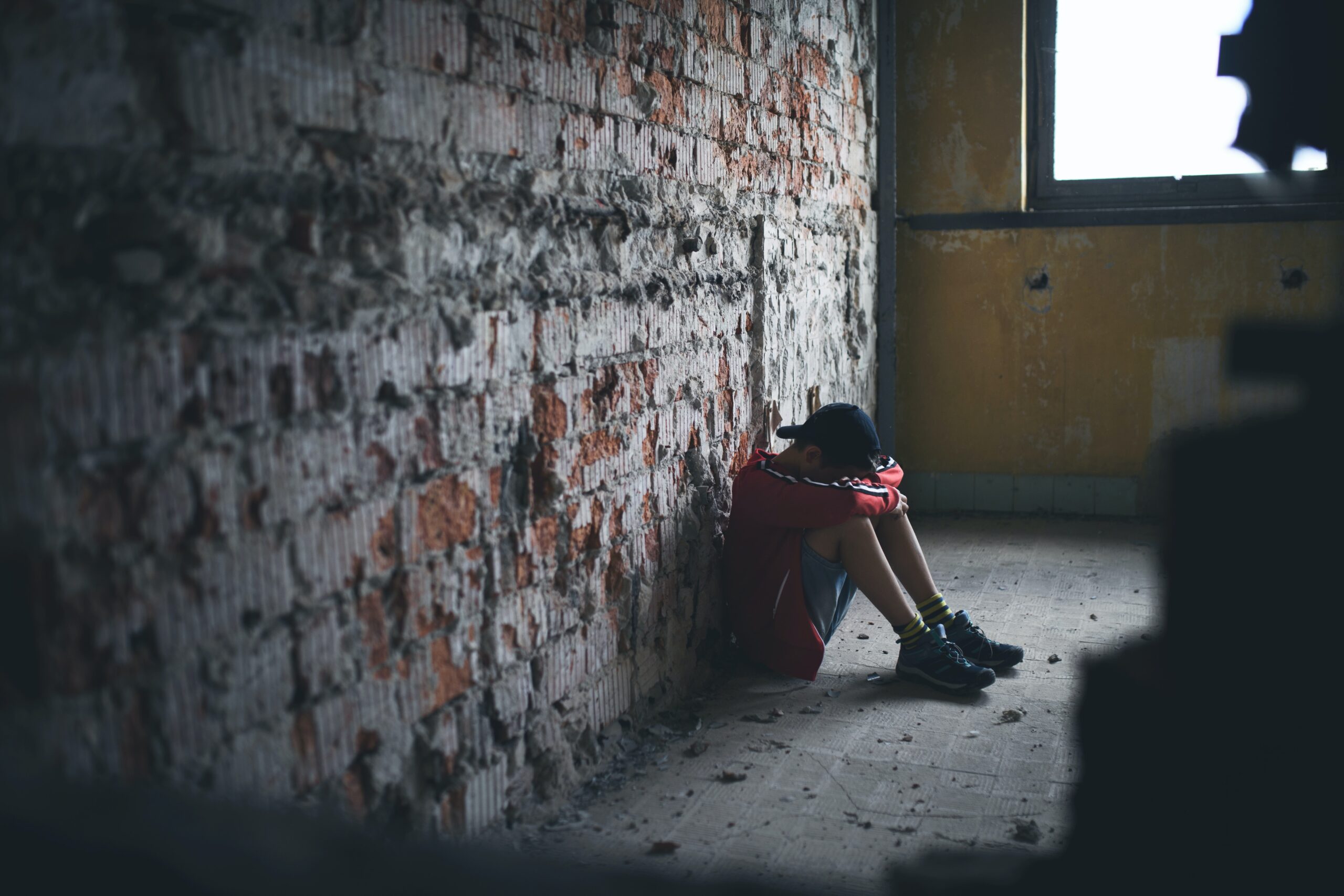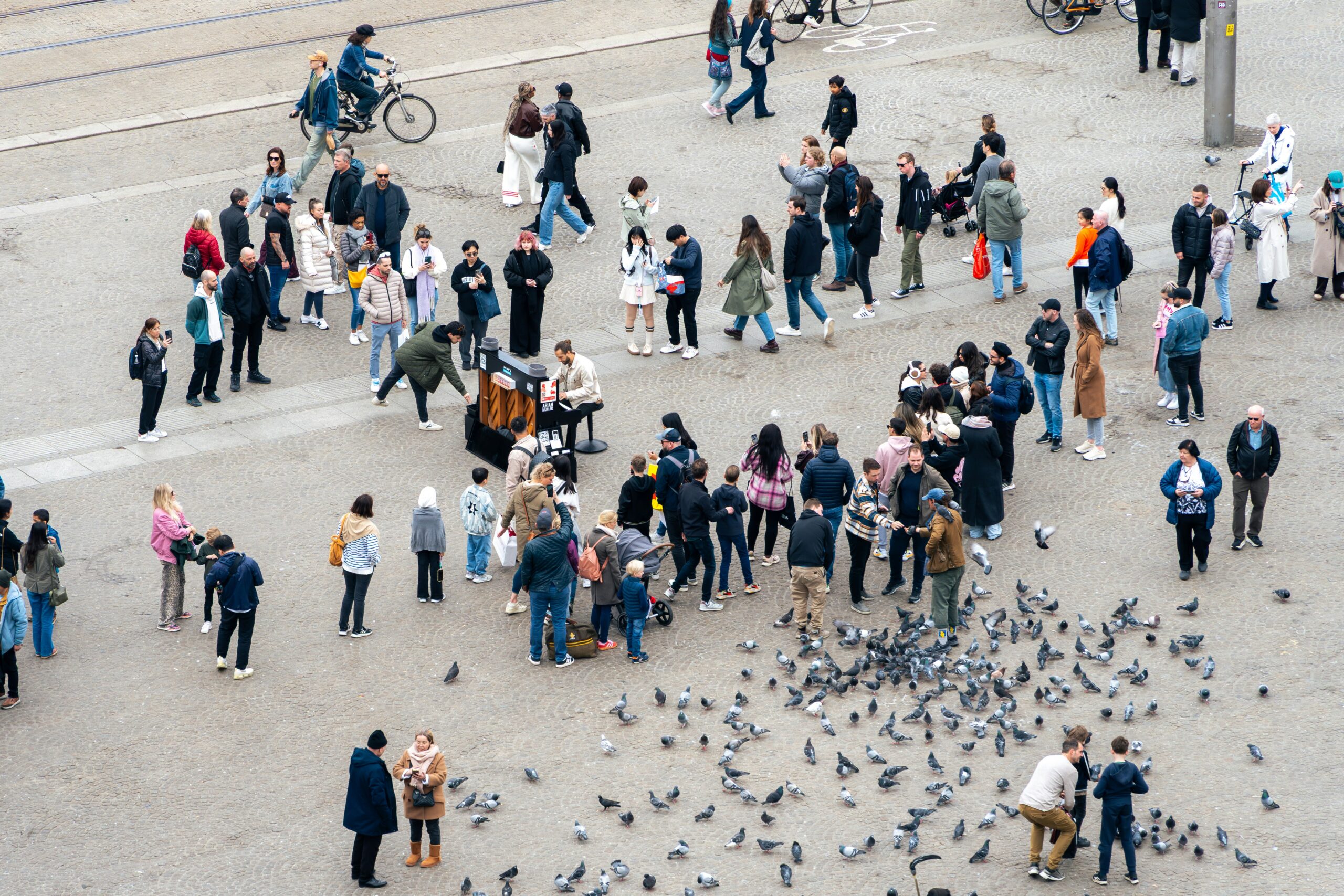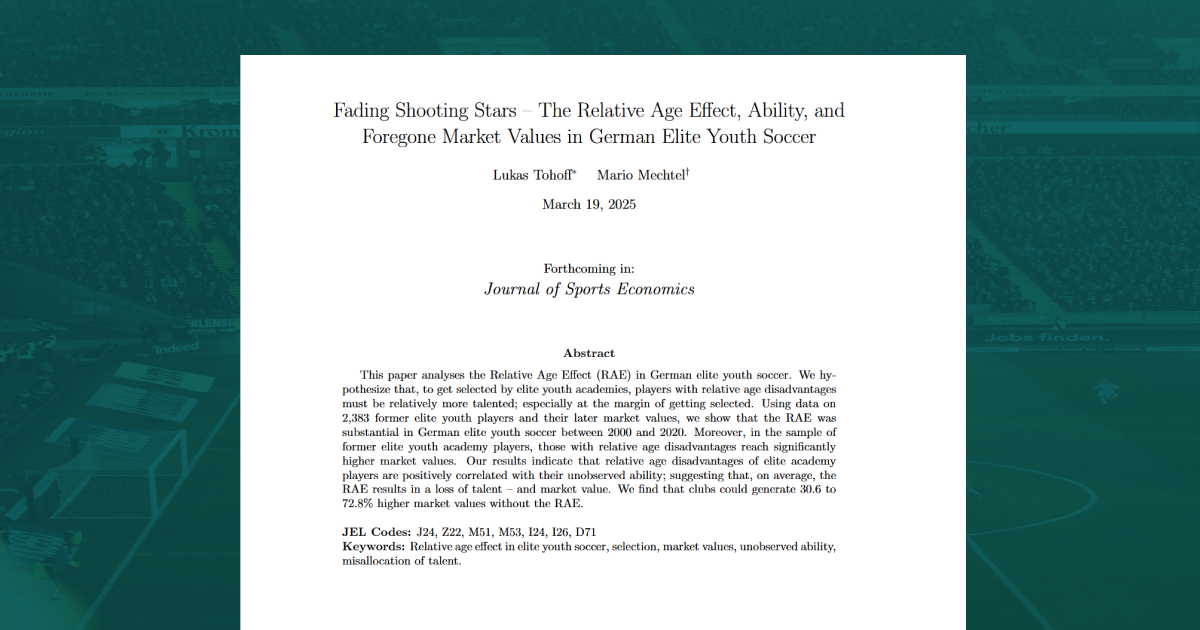Neighbourhood Gangs, Crime Spillovers and Teenage Motherhood
Coverage of work by Christian Dustmann, Mikkel Mertz and Anna Okatenko in the Danish newspaper Weekendavisen.
Original article by Anders Boas translated from Danish into English.
Most people only become familiar with the criminal underworld in the media, when a gang conflict has once again left a body on the ground.
But some people happen to grow up in areas with many gang criminals, and this can have detrimental consequences for their lives. This is shown in a new study of youth in Denmark that has just been published in the scientific journal The Economic Journal.
It may sound self-evident that a person’s life is affected by growing up in an area with many criminals, but in practice researchers have found it difficult to show that it is in fact the streets of one’s childhood that causes the problems experienced by many from crime-plagued areas.
It is far from random which families move into areas with many gang members, and which families buy a house on a quiet residential street, and an existing Swedish study, for example, showed that there is only a small difference between siblings born before and after a family moves away from a high-risk area in the risk of committing violent crimes.
Therefore, the big question is, will moving people away from arough upbringing in a gang-plagued neighbourhood help, or will the problems simply follow along, if they move to more harmonious surroundings?
The new study, made by the economists Christian Dustmann, Mikkel Mertz and Anna Okatenko, suggests that some of the people who have been convicted of gang crime in Danish courts would have been law-abiding citizens if they had ended up in another area in their formative years:
“As economists, we would ideally like to have an experiment where you flew around with a helicopter and dropped families in random places in Denmark, so that we could measure the causal effect of growing up in an area with many or few gang criminals, but of course we don’t have such an experiment,” says Christian Dustmann, who is a professor at the Department of Economics at University College London and the director of Rockwool Foundation Berlin.
However, the economists have something that is almost as good: In the period 1986-1998, refugee families who had been granted asylum in Denmark, were distributed almost randomly across the country’s municipalities:
“Some municipalities have more crime than others, and therefore we can examine whether children in families, who happened to be sent to a municipality with a lot of gang crime, are themselves more likely to commit a crime, and here we find a very strong effect. The young men have a much higher risk of being convicted of gang crime and violence before they turn 19,” says Christian Dustmann.
The young people seem to be particularly vulnerable to bad influences at school age, but the exposure also have long-term consequences. For example, the young men are less likely to have a job or undergo education later in life if they have lived in a gang-plagued area during this vulnerable period.
However, it is not only the men who are affected:
“We don’t really find any evidence that young women become more criminal as a result of growing up in an area with many gang criminals, but in the sociological literature there has been an idea, that exposure might instead be expressed in a different way for them, because young girls aged 15-19 are instead exploited or abused by the gangs in one way or another,” explains Christian Dustmann.
One hypothesis is that young girls’ propensity to practice unprotected sex increases if they associate with gang criminals due to a higher risk of psychological or physical coercion or due to the influence of drugs and alcohol:
“Some sociologists have speculated that this may show up in the number of teenage pregnancies, and we actually find strong evidence for this in our data. Girls, who have been exposed to areas with a lot of gang crime between the ages of 7 and 14, are much more likely to become pregnant as teenagers,” says Christian Dustmann.
According to Dustmann, teenage pregnancies can have major consequences for young women’s future prospects in a country like Denmark, where education is so important, and the economists can see that they are far more likely to be dependent on public benefits later in life.
In fact, they can show with a considerable degree of certainty that it is the young girls’ contact with the gang members that leads to more teenage pregnancies:
“The unique thing about Denmark is that it is very strict in relation to finding the father of every child born in the country. This is not the case in the United States, for example. It makes it possible to identify the fathers of these children, born to teenage girls from areas with higher gang crime, and it turns out that a fairly large proportion of the fathers have received convictions – especially for gang crime,” says Christian Dustmann.
The proportion of gang criminals in a municipality seems to play a far greater role than other factors, such as the general crime rate in the area or the level of poverty, which otherwise seem to be important in a country like the United States.
This suggests that in Denmark, we have been more successful in giving people equal opportunities across different municipalities with different resident compositions, but at the same time emphasizes the importance of paying particular attention to gang crime, when we try to find out which places to direct efforts towards. Perhaps we should focus more on curbing the gangs than trying to change other characteristics of the exposed areas?
The study looks specifically at children from refugee families, but according to Dustmann, there is no reason to believe that it will look different for other groups in the Danish society who are economically and socially disadvantaged.
“An important aspect of our study is that we measure the residence of the criminals, not the place where the crime is committed. So, it’s not so much about them being exposed to crime, but rather about them coming into contact with a criminal environment,” says Dustmann.
“It seems to be particularly harmful when young people come together around crime in this way, even for people who might not have had contact with crime at all if they had grown up elsewhere.”
The data shows that perhaps many of the crimes and teenage pregnancies could have been avoided, if the refugee families had not been scattered randomly across the country:
“The random distribution has been fantastic for us as economists because it, for example, makes it possible to show that there is a causal effect of being exposed to these gang environments,” says Christian Dustmann.
“But from the perspective of the refugees, it would probably have been better to place the families in areas where they had better economic opportunities, and since our study shows that areas with many gang criminals increase the risk of the refugees themselves committing a crime, it can be inferred that we could have reduced crime if we had placed them in areas where they had not come into contact with gang environments at all.”




